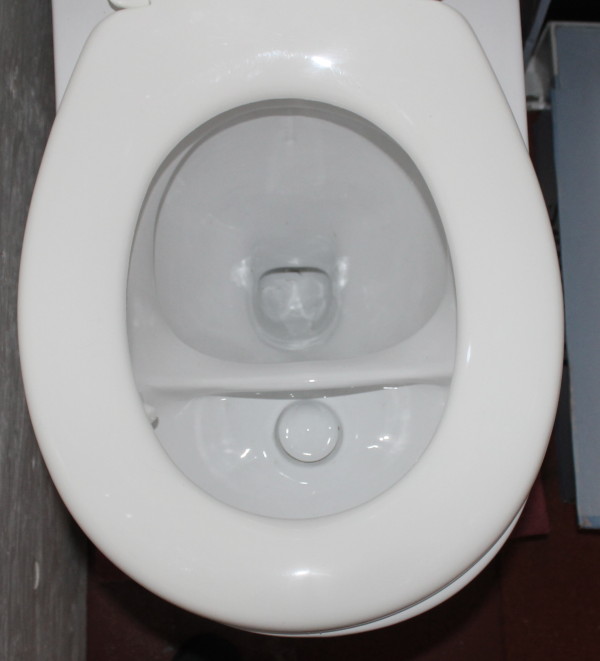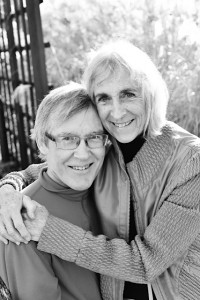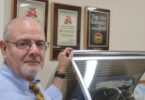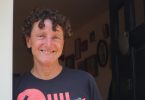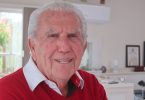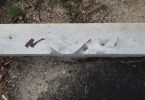FALMOUTH – Hilde Maingay wants to solve Falmouth’s wastewater crisis, one urinal at a time.
A youthful 74-year-old, originally from Holland, Maingay believes she is the first person in recent years to say the word “pee” at a public meeting in Falmouth.
She is passionate on the issue of toilets as a way to use sustainable practices to clean up the town’s estuaries and to save the town millions of dollars that officials are proposing to spend on sewers.
“Our conviction is nature has managed to take care of a lot of problems that we can’t duplicate, but we can use nature to assist us in this,” Maingay said. The problem with technology, she said, is, “you solve one problem but you create 10 others in the process. Sewers are a good example of that.”
Estuary Pollution
Nitrogen leaching from septic systems has been polluting Falmouth’s estuaries ever since the building boom in the 1970s and even prior. The problem exists in every town on Cape Cod because the vast majority of the region’s homes use septic systems, which do not remove nitrogen from wastewater.
After the flush and a trip through the septic system, the wastewater containing nitrogen travels through groundwater to the nearest estuary and causes an increase in algae growth that leads to murky water, loss of eel grass and shellfish habitat and, eventually, fish kills.

